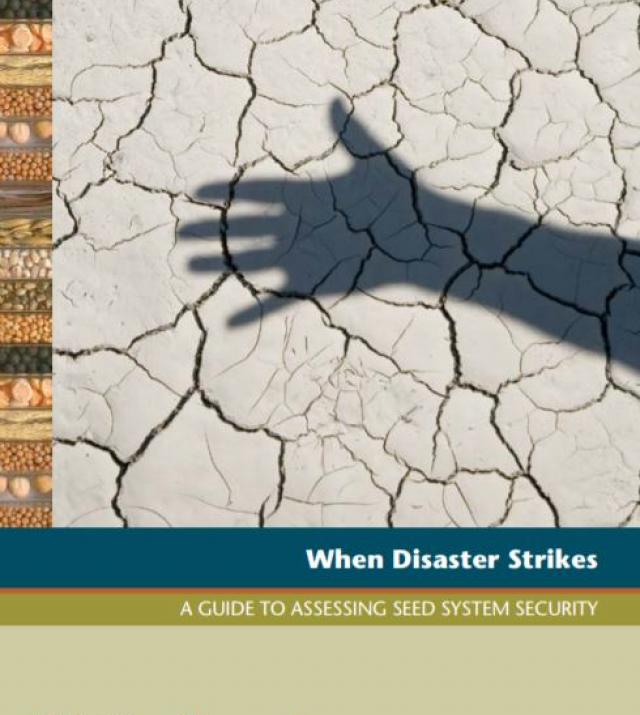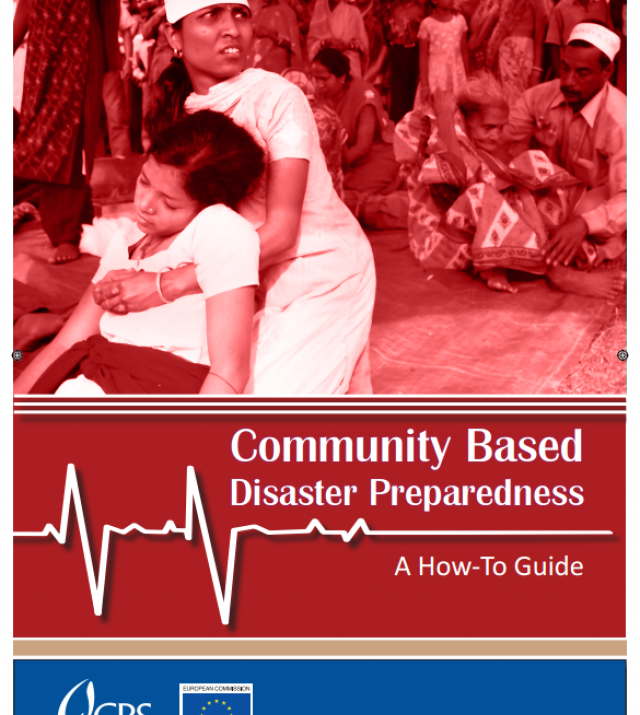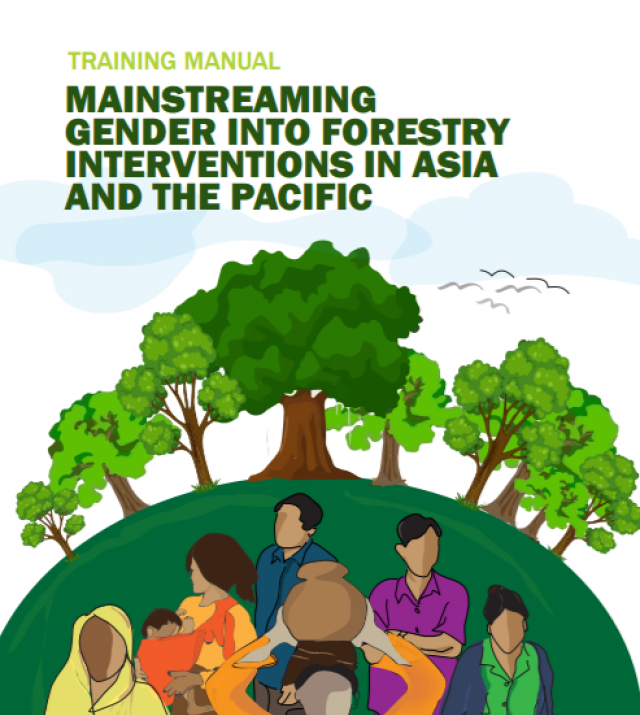
Gender Sensitive Disaster Management: A Toolkit for Practitioners

There is enough evidence that in any disaster disproportionately large number of women are affected more severely relative to men . Worldwide, it has generally been established that when gender issues are not addressed fully or sufficiently, in both development and disaster contexts, they perpetuate and in many instances augment existing gender-based inequities. Since the world conference on women in 1995, in Beijing, “gender mainstreaming” has been recognized as an overarching strategy to ensure that gender concerns are incorporated in all areas, sectors, and levels to promote gender equality. Mainstreaming gender in disaster preparedness and response involves viewing and analyzing situations through a gender perspective and render gender inequities explicit. To build gender-sensitive strategies and initiatives in disaster management process, it is necessary to address both the practical gender and strategic gender needs of women and men as well as transgender persons.
In the design and presentation of all components of this Toolkit, our chief focus has been on the development of the `how–to’ of incorporating a gender perspective in the overall planning and practices of disaster management.
Although the Toolkit is location/region specific and draws from disasters in a specific context, it has developed the nuts and bolts for gender mainstreaming by building on the lessons gleaned from the Tsunami response. The tools are intended for use by all those engaged in the disaster management, i.e., policy makers, donors, NGOs and researchers in their efforts to build resilient and gender-just communities.

